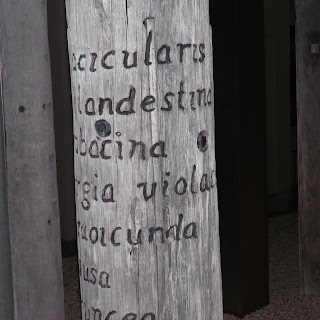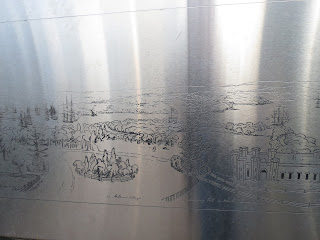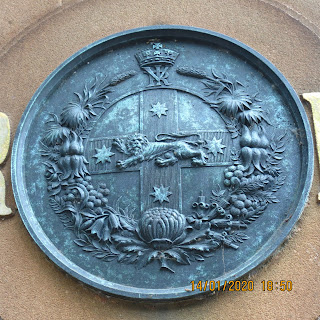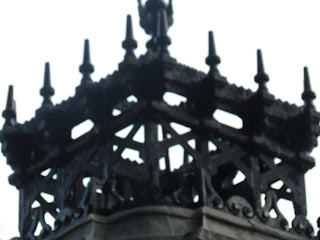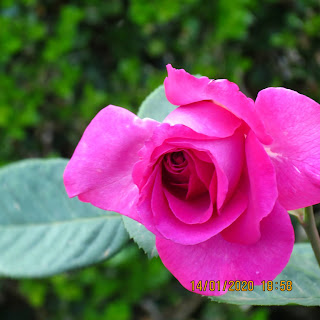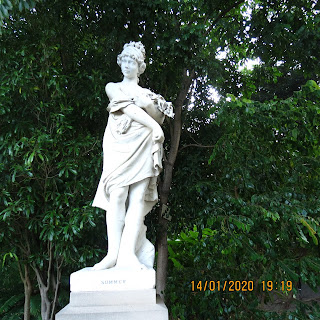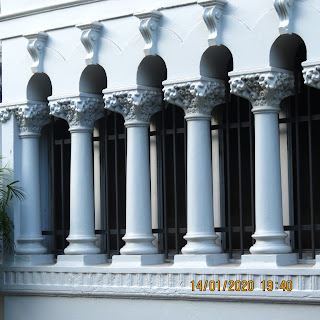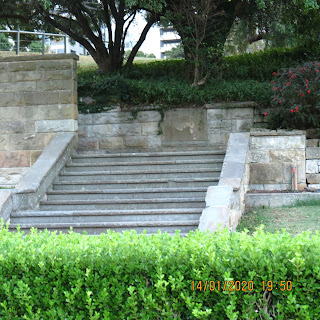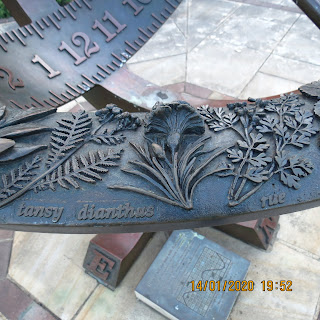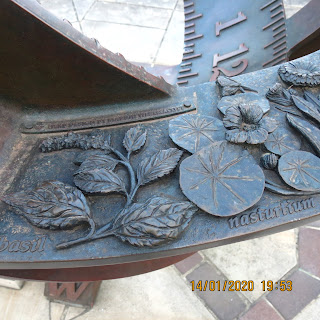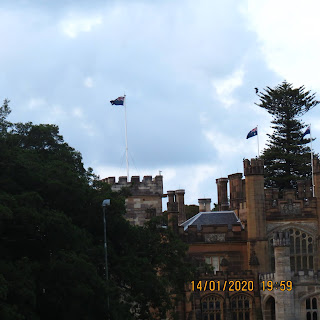ROOKWOOD NECROPOLIS
ome to the largest cemetery in the southern hemisphere, where up to 1 million former Sydneysiders now eternally rest. Rookwood Necropolis, near Lidcombe, was opened in 1867 and is still an active cemetery.
The term necropolis refers to its enormous size, deriving from a Greek word meaning City of the Dead and at over 777 acres, or 300 hectares, it is the size of Redfern and Glebe combined.
The need for a large general cemetery was obvious in Sydney from as early as the 1850s. By then, the old Sydney Burial Ground in George Street (under Sydney Town Hall today) had been full and closed for 30 years, and the Devonshire Street cemetery built to replace it (under Central Station today) was also nearing capacity. While there were small, church yard cemeteries around, most of these were also on limited land and were restricted to the particular denomination of the church involved.
Old headstones at Rookwood Cemetery (City of Sydney Archive)
The need for a site with sufficient depth of soil, no rocks, drainage away from domestic water, relatively isolated from populated areas but still close to a railway and with the capacity to be beautified and landscaped, meant that it was not until the early 1860s that a site was chosen. Land at Liberty Plains, approximately 18km from Sydney was deemed suitable and the Government purchased 200 acres in 1862. In 1867 the passing of the Necropolis Act made it official.
The first burial on site was of a pauper, John Whalan on 5 January 1867, with the first registered burial two days later in the Catholic section. This was of a 14 month old girl. The first burial in the Church of England was also of a child on 4 January 1867. Three humble burials to start.
Originally the cemetery was divided into six sections for different denominations: Church of England, Catholic, Presbyterian, Wesleyan, Congregational and Jewish, with Lutheran, Methodists and a general section added by 1881. In keeping with Victorian era ideals, the cemetery was laid out as a garden landscape, with pathways, garden plantings, fountains and shade houses.
By 1890 there were over 37,000 people buried at Rookwood. As the cemetery grew, it attracted associated industries to the area. By the turn of the twentieth century, about 20 monumental masons had opened yards and showrooms in the area, with a refreshment room and florist also operating inside the cemetery by the 1930s.
The isolation of the necropolis in the years before private motor transport meant mourners and funeral parties needed a way to get to Rookwood. A train line was included as part of the design for the cemetery to overcome this issue.
Rookwood station with a funeral train c1890 (SRNSW)
Funeral trains ran regularly from Central Station to Rookwood from 1867 until 1948, by which time the use of hearses and private cars had made the service redundant. Inside Rookwood a grand station, or receiving house was built, with a matching one at Central. Designed by the Colonial Architect James Barnet, the sandstone station was in a gothic revival style, with finely carved angels on the entry arches and angels faces on the roof trusses inside. The line was extended through the cemetery between 1867 and 1901 with four stations serving the different sections. In 1957 the main station was sold and dismantled, being re-erected in Canberra as All Saints Church in Ainslie.
Rookwood, final home too many of Sydney’s famous and infamous citizens, remains an active and much loved cemetery. It may not be your idea of a great day out, but it is certainly worth a visit.
















